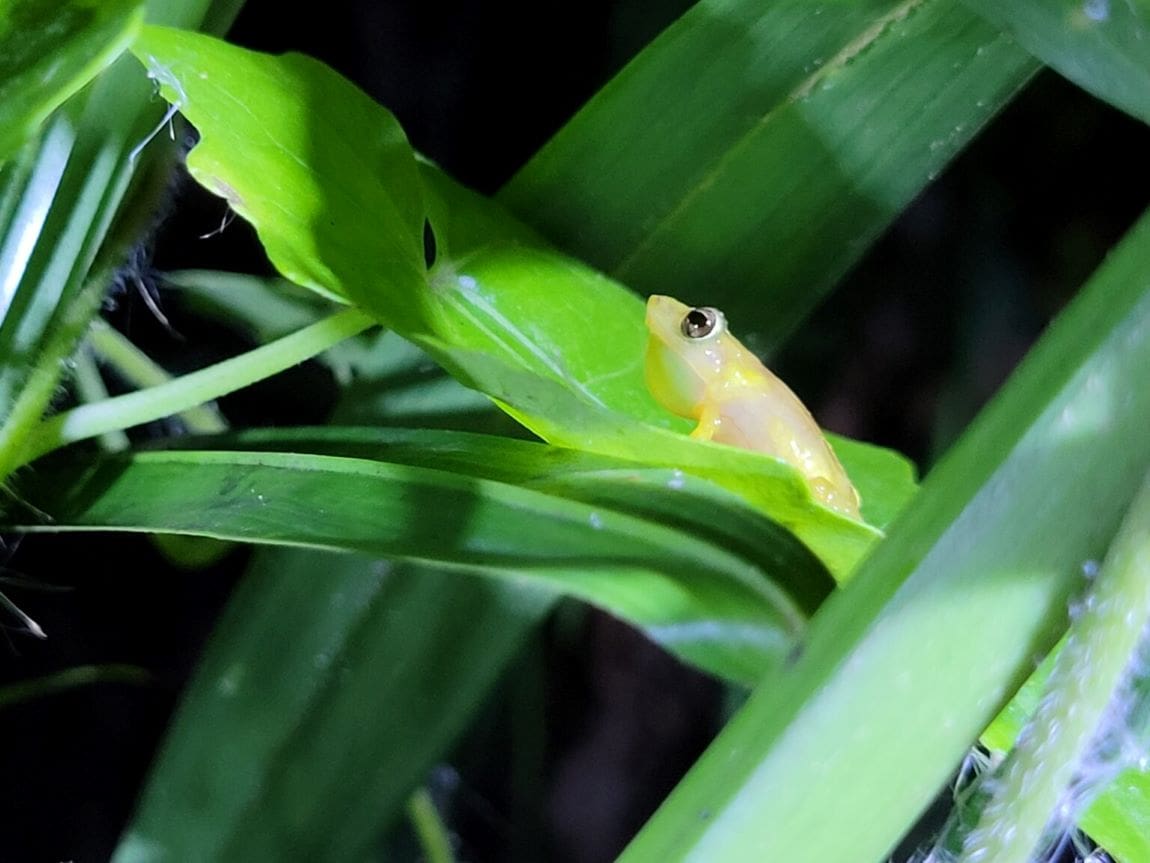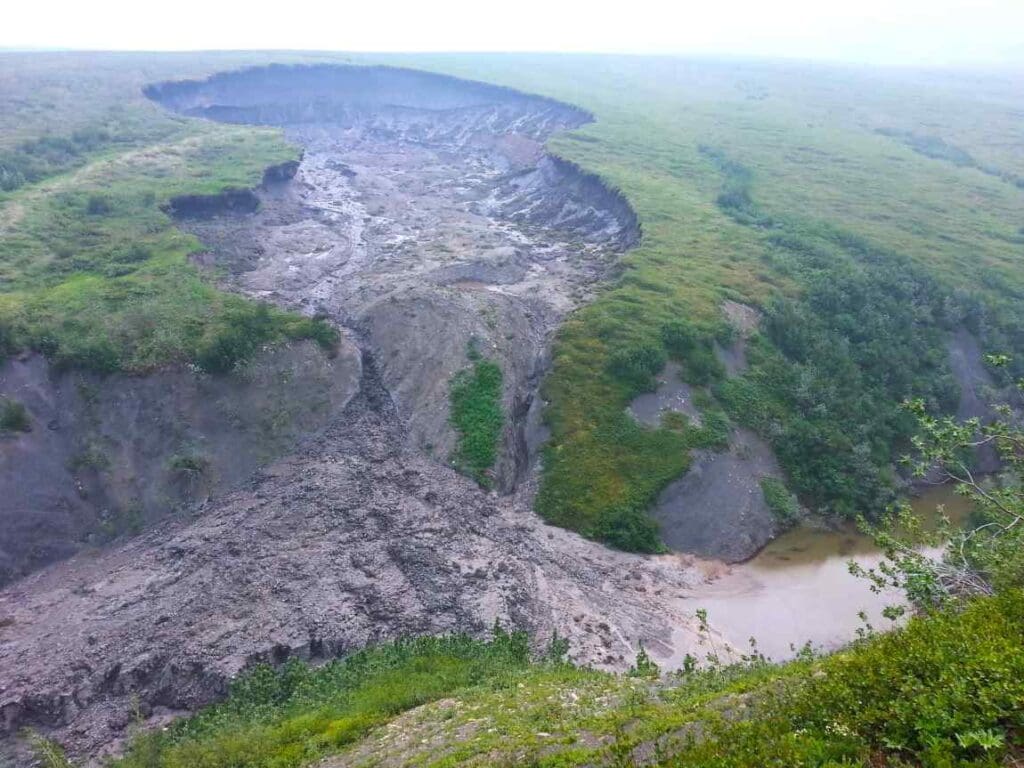A new study explores a novel approach to conservation, highlighting how modern portfolio theory – a tool commonly used in financial markets – can be adapted to aid in the protection of the endangered coquí llanero, a small frog native to Puerto Rico.
The research applies this economic strategy to help natural resource managers make informed decisions on where to allocate resources for the coquí’s survival, factoring in the uncertainties posed by climate change and limited funding.
Coquí frogs are cultural icons in Puerto Rico, known for their distinctive chirps, with the coquí llanero being the smallest and most vulnerable of the species. These frogs inhabit three freshwater wetlands on the island’s northern coast, leaving them exposed to severe weather and rising sea levels. Given their limited habitat range and the risks imposed by climate change, conservation efforts must be carefully managed.
Mitch Eaton, a USGS Research Ecologist and lead author of the study, emphasizes the significance of proactive risk management for these frogs. Eaton notes: “There’s only so much the coquí can do on their own to avoid climate risks, so it’s important that we think about how to manage and mitigate risk within this complex ecosystem.”
Modern portfolio theory, originating from the field of economics, is often used by investors to create a mix of high-risk and low-risk assets, balancing potential gains with stability.
When applied to conservation, this theory helps managers weigh various strategies – such as protecting land, restoring habitats, or relocating species – under uncertain environmental conditions and budgetary constraints. By diversifying investments, managers can achieve more stable outcomes in the face of climate variability.
The researchers modeled several scenarios based on protected habitats, future climate projections, and funding levels. They constructed two portfolio analyses to trade off cost and risk: one maximizing conservation benefits constrained by budget, and another focused on minimizing risk. The benefit-maximization strategy emphasized lower costs by relocating frogs to existing protected areas, while the risk-benefit tradeoff strategy prioritized the purchase of new land, allowing for increased habitat stability at a higher cost.
Surprisingly, the study found suitable habitats for the coquí llanero on Puerto Rico’s eastern side, suggesting that expanding the geographic range could enhance their chances of survival. This discovery offers resource managers additional options to safeguard the species.
Eaton believes that modern portfolio theory offers a new perspective for resource managers, stating: “Ideally, modern portfolio theory acts as a handy tool for managers that gives them a new way of thinking about how to approach the implementation of management actions over space, in other words, how to pool their investments to manage risk and achieve maximal benefits.”
While promising, the study acknowledges two significant limitations. First, the model currently assesses conservation strategies for the coquí llanero alone, not considering other species that may share the same habitat. Second, high-cost investments may not always be feasible, as they require localized cost assessments.
Despite these challenges, this approach has broad potential for other conservation efforts, enabling resource managers to strategically balance cost and risk in the face of an unpredictable climate.
The application of modern portfolio theory to conservation highlights the value of interdisciplinary approaches, demonstrating that tools from finance can aid in ecological preservation. By diversifying “investments” in habitats, natural resource managers can better navigate the complexities of climate change, improving the prospects for endangered species like the coquí llanero.
Journal Reference:
Mitchell J. Eaton, Adam J. Terando, Jaime A. Collazo, ‘Applying portfolio theory to benefit endangered amphibians in coastal wetlands threatened by climate change, high uncertainty, and significant investment risk’, Frontiers in Conservation Science 5 (2024). DOI: 10.3389/fcosc.2024.1444626
Article Source:
Press Release/Material by North Carolina State University
Featured image: A rare coqui llanero pictured in an wetland in Puerto Rico Credit: Mitch Eaton | Southeast Climate Adaptation Science Center




